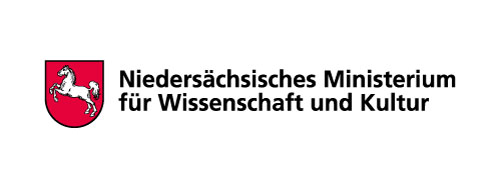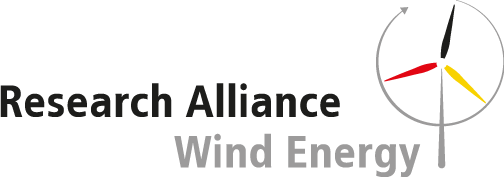Live-Measurement data from the Krummendeich site
Countless sensors collect measurement data in the research wind farm. They are also be able to read the current weather conditions. The importance of wind speed in particular plays a crucial role for research.
Understanding weather conditions in Krummendeich
The data used here are based on the measurements of the LiDAR system and the microwave radiometer at the Krummendeich site. With the Long-Range Doppler Wind Lidar, vertical wind profiles or two-dimensional wind fields are measured and the wind speed, wind direction and turbulence are determined from them. The database created with the measurements is available to the research consortium in the long term and serves as a reference for the wind and turbulence conditions prior to the installation of the wind turbines.
You can find more information and further measurement data here.
The research wind farm in Krummendeich is funded by the Federal Ministry for Economic Affairs and Climate Action (BMWK) and the Lower Saxony Ministry of Science and Culture (MWK).








